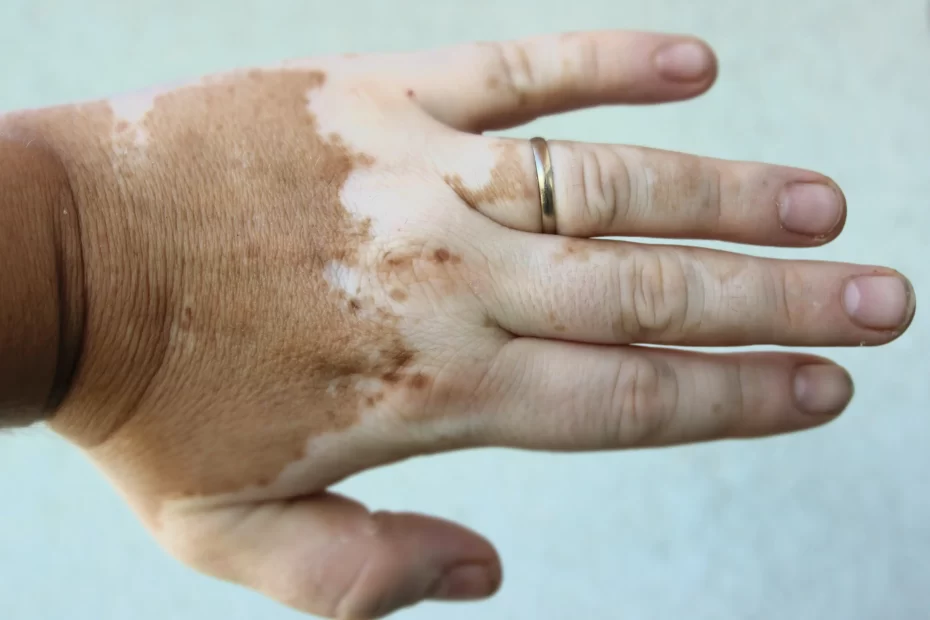Vitiligo is a skin condition that affects millions of people worldwide, regardless of age, gender, or ethnicity. At the starting stage of vitiligo, it’s crucial to understand the condition and learn effective tips for managing it. In this blog post, we’ll delve into the basics of vitiligo and provide valuable insights on how to cope with it. Let’s explore the starting phase of vitiligo and discover practical strategies for addressing this skin condition.
Understanding Vitiligo
Vitiligo is a skin condition characterized by the loss of skin color in patches. It occurs when melanocytes, the cells responsible for skin pigmentation, die or stop functioning. This results in the formation of white patches on the skin, which can appear anywhere on the body. Here’s what you need to know about vitiligo:
Symptoms: The primary symptom of vitiligo is the presence of depigmented patches on the skin. These patches may be localized or spread across various areas of the body.
Causes: While the exact cause of vitiligo is not fully understood, it is believed to involve a combination of genetic, autoimmune, and environmental factors.
Treatment: There are various treatment options available for managing vitiligo, including topical corticosteroids, phototherapy, and skin grafting. It is important to consult a dermatologist to determine the most suitable treatment plan.
By understanding the basics of vitiligo, individuals in the starting stage of managing the condition can make informed decisions about their treatment and lifestyle adjustments.
Tips for Managing Vitiligo
Living with vitiligo can pose certain challenges, but there are several tips and strategies to help manage the condition effectively. Here are some helpful tips for starting your vitiligo management journey:
Sun Protection: Shield the depigmented areas from the sun by using a broad-spectrum sunscreen with an SPF of 30 or higher.
Camouflage Makeup: Consider using cosmetic camouflage to conceal the affected areas if you feel self-conscious about them.
Support Groups: Joining a vitiligo support group or seeking counseling can provide emotional support and help you connect with others starting their journey with vitiligo.
Healthy Diet: Some individuals find that making dietary changes, such as consuming more antioxidants, helps manage their vitiligo.
By starting with these simple tips, you can take proactive steps towards effectively managing your vitiligo and embracing your unique skin.
